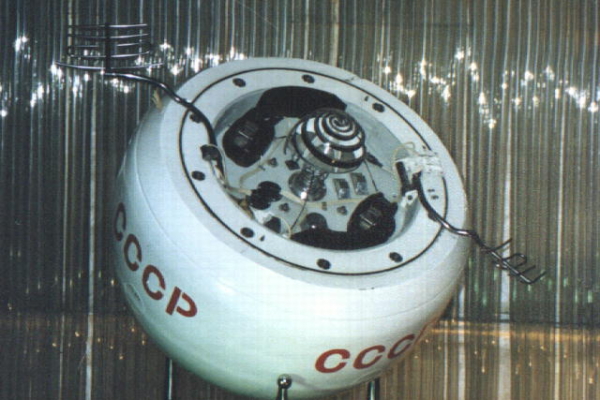During the Cold War, the United States and the Soviet Union engaged in numerous space missions, rocket launches, and satellite deployments. Over time, these satellites aged and eventually fell back to Earth. Recently, a satellite launched by the Soviet Union named “Kosmos 482,” also spelled as “Cosmos 482,” is expected to re-enter the Earth’s atmosphere between May 7th and 11th, with a high likelihood of landing in populated areas.
The uncontrolled satellite, launched by the Soviet Institute of Space Research (IKI) in March 1972, was originally intended for Venus exploration but encountered engine failure, preventing it from escaping Earth’s gravity completely. The satellite’s main body crashed back to Earth in 1981, possibly burning up in the atmosphere, with the exact location of impact still unknown. However, its landing module was ejected to a higher orbit during launch, remaining in space but gradually descending due to Earth’s gravitational pull.
Experts have predicted that “Kosmos 482” could crash in densely populated areas, potentially causing damage to residential properties or even casualties. The design of the spacecraft for Venus exploration includes a heat shield to prevent burning up during re-entry, which could cause it to survive intact and impact the ground upon descent.
Additionally, the NASA stated that every Soviet spacecraft left in Earth’s orbit since the 1960s is labeled with “Cosmos” and a numerical designation for tracking purposes.
Marco Langbroek, an astronomer from Delft University of Technology in the Netherlands, estimated that “Kosmos 482” is most likely to re-enter the atmosphere between May 7th and 13th, with the highest probability on May 9th or 10th. While the exact landing location is uncertain, it may fall between 52 degrees north and south latitude, including parts of Europe, Asia, the Americas, Africa, and Australia.
Langbroek expressed concerns to CNN, stating that although much of the Earth’s surface is covered by water, there is still a risk of impact on populated areas.
Furthermore, Jonathan McDowell, a British-American astronomer, warned in a blog post that the uncontrolled descent of the car-sized Kosmos 482 satellite could potentially result in casualties upon impact. McDowell emphasized the possibility of the satellite surviving re-entry and crashing to the ground, estimating a one in a thousand chance of hitting someone.
McDowell previously told the Daily Mail that if the satellite causes harm or damages property upon impact, the Russian government would be held responsible.
He explained that as the spacecraft re-enters the Earth’s atmosphere at around 27,000 kilometers per hour, it initially experiences intense friction with the atmosphere, compressing into a burning “fireball.” After some time, its descent speed slows to a few hundred miles per hour before ultimately impacting the ground at speeds of 160 to 320 kilometers per hour, similar to a car crash.
Instances of “space junk” falling in residential areas, including debris from previous rockets and satellites, have been reported. In 2024, a rocket booster debris from a Chinese launch fell in a residential area in Guizhou Province, China, causing an explosion and panic among residents.
In 2021, astronauts accidentally released a 5,800-pound battery tray during a mission at the International Space Station. The tray partially burned up upon re-entering the Earth’s atmosphere in 2024, with a smartphone-sized metal fragment piercing the roof of a home in Florida without causing injuries.
In another incident, a satellite from Samsung Electronics fell in a Michigan backyard in 2019, resulting in minor damages.
Dr. James Blake, a space debris researcher at the University of Warwick, estimated that there are thousands of active and defunct satellites orbiting Earth, with defunct satellites facing the risk of falling back to Earth.
He emphasized the need for operators to expedite the disposal of defunct satellites to free up space for future space missions.
Currently, there is a significant amount of space debris in Earth’s orbit, ranging from larger rocket debris to tiny paint chip-like fragments, posing a threat to space infrastructure worth $700 billion.
Approximately 27,000 fragments are currently tracked, with speeds exceeding 27,000 kilometers per hour, capable of causing severe damage to satellites and space stations.
Cleaning up space debris poses challenges, as traditional methods like adhesives and magnets are ineffective due to the vacuum and low temperatures in space. Astroscale, a Japanese company based in Tokyo, developed a space robotic arm to capture and de-orbit space junk by burning it up in the atmosphere.
However, pushing debris towards Earth carries the risk of unpredictable trajectories. Scientists and governments are working on better solutions to effectively clear space debris and ensure the safety of space missions.

